The Iranian ballistic missile strike on Israel targeted multiple IDF bases, but it is the strike on the Nevatim airbase that produced the most footage by far. This is because the airbase is located right next to a Palestinian Bedouin village (Ararat an-Naqab).
‼️| Nevatim (air) base completely crushed by the order of the Commander-in-Chief of the Iranian Armed Forces, Ayt. Khamenei.
The joy of the Palestinians… soothes my heart!! pic.twitter.com/UI1zCAZ0Ij
— Arya – آریا (@AryJeay) October 1, 2024
The videos sent into the world by the villagers show upward of ten ballistic missiles detonating on the ground.
So far one satellite image has been released of the base post-strike, showing five impacts. Four didn’t accomplish much except cratering the runway, while the fifth hit a hangar. If anything was inside, it is probably not flying again.
However, the released image shows only a small portion of the base, the full extent of damage at Nevatim and elsewhere remains unknown.
Overall we can say that this Iranian attack was much more impactful than the strike in April. The April attack combined drones (170), cruise missiles (30), and ballistic missiles (120), timing them to impact at the same time. As cruise missiles, and especially drones are far slower than ballistic missiles they had to be fired 8 hours in advance and this gave an extended warning to Israel.* Indeed reportedly Iran even sent a warning to the US through background channels.
This time it was different. Only ballistic missiles (180) were fired, and Tehran did not even ground civilian flight in preparation for the strike. The result was that far more missiles broke through to their targets than in April, when the vast majority were intercepted.
Tehran has thus shown that its teeth are a lot sharper than the ineffectual (and possibly designed to be ineffectual) April strike may have led some to believe.
🇮🇷 INSANE FOOTAGE: Footage of Iranian missiles launched towards Israel filmed from British Airways plane to Dubai pic.twitter.com/ISkCylPlkC
— DD Geopolitics (@DD_Geopolitics) October 2, 2024
Question is how much more destructive a strike is Iran capable of delivering? The US claims Iran has a stockpile of 3000 ballistic missiles with the requisite range to reach Israel, but how many delivery vehicles? What is the biggest salvo Iran can fire, and how quickly could it launch the second after the first?
A limited strike with a smaller salvo is by necessity far less effective than firing from all launch vehicles at once, since the probability of overwhelming air defenses is much lower.
The US is now coordinating with Israel on devising a strike on Iran. In the meantime, Israel has already struck Iranian and Syrian targets in Syria. Among them an Iranian weapons storage next to the Russian airbase at Khmeimim, and under the Russian air defense umbrella. (Some claimed that Israel bombed the Russians but this is false. The Russian air defense was activated against Israeli missiles, however.)
Last night, #Israel hit an #IRGC weapons depot in #Jableh, adjacent to #Russia's flagship Hmeymim Airbase in western #Syria — triggering huge explosions.#Russia reportedly activated air defenses, but Hmeymim was *not* hit. pic.twitter.com/YpU2XpDitp
— Charles Lister (@Charles_Lister) October 3, 2024
Albeit the Iranian ballistic missile strike targeted solely military bases and the Mossad HQ, it is said that Israel is planning to hit back at Iranian oil infrastructure and civilian nuclear facilities.
Our first count is that 32 missiles struck Nevatim Air Base (pins) — although three impact points are obscured by clouds in the 50 cm Skysat and had to be made with 3 m Dove images (white pins). @DuitsmanMS @sam_lair @dex_eve @JamesMartinCNS pic.twitter.com/AKxE8g41Vm
— Dr. Jeffrey Lewis (@ArmsControlWonk) October 3, 2024
*Mixing up drones, cruise missiles and ballistic missiles to raise the complexity for air defenses is something that Russia does to great effect in Ukraine, but the environment there is different. Ukraine is enormous, 25 times larger than Israel, and its air defense cover is thus far spottier. So when the Russians launch drones ahead of missiles this reveals little of use to the Ukrainians, neither the region that will be targeted, nor the approximate time of drone and missile impacts, since the drones are at liberty to take confusing, circuitous routes over Ukraine before ever heading for the targeted region. Additionally, Russia and Ukraine are neighbors so the distances involved are shorter, meaning the drones have to be launched fewer hours in advance and have plenty of fuel left over for maneuvers.


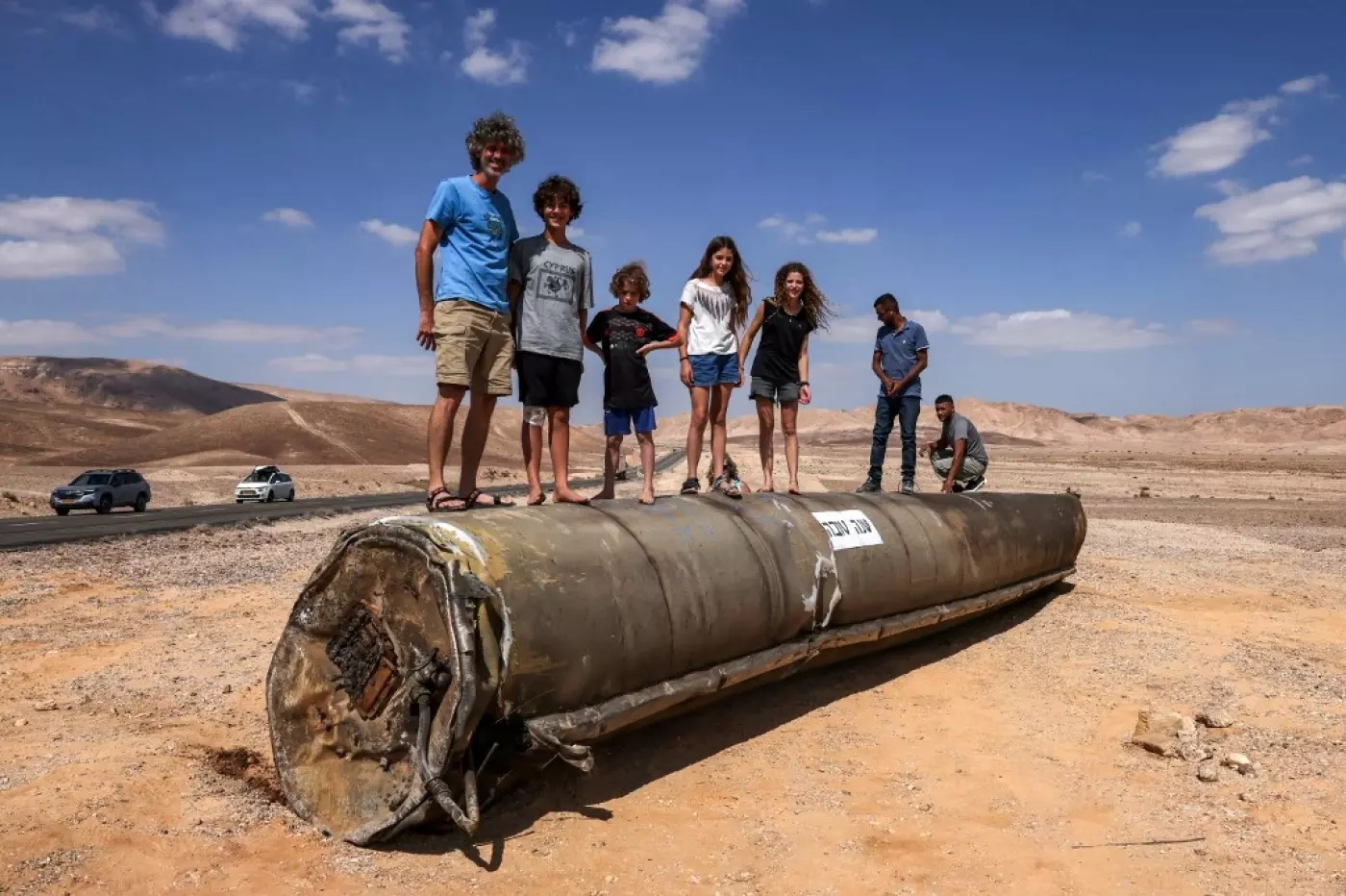
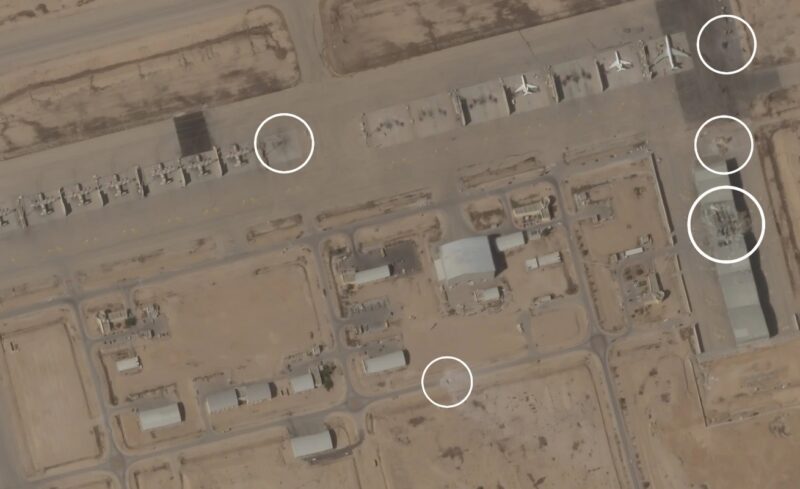
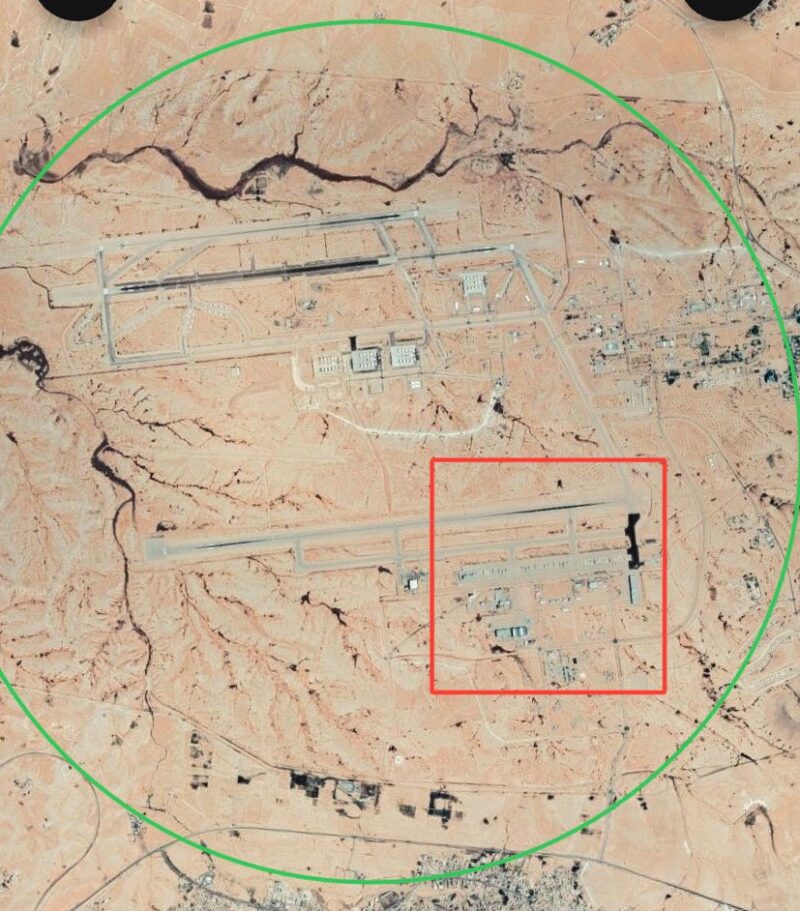

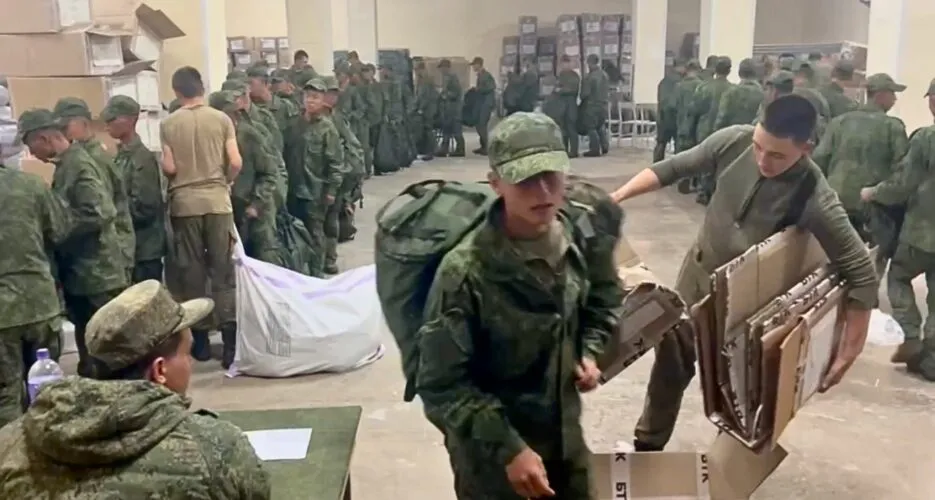
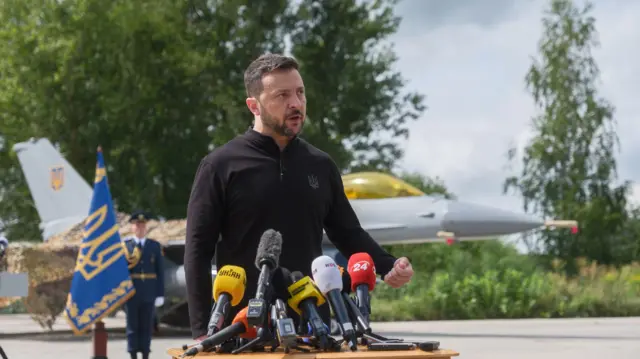

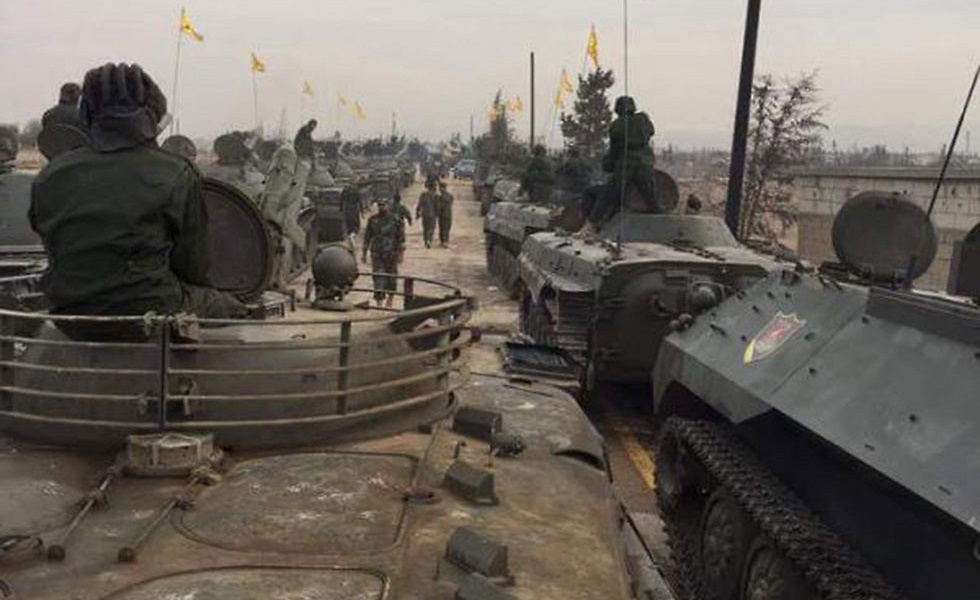
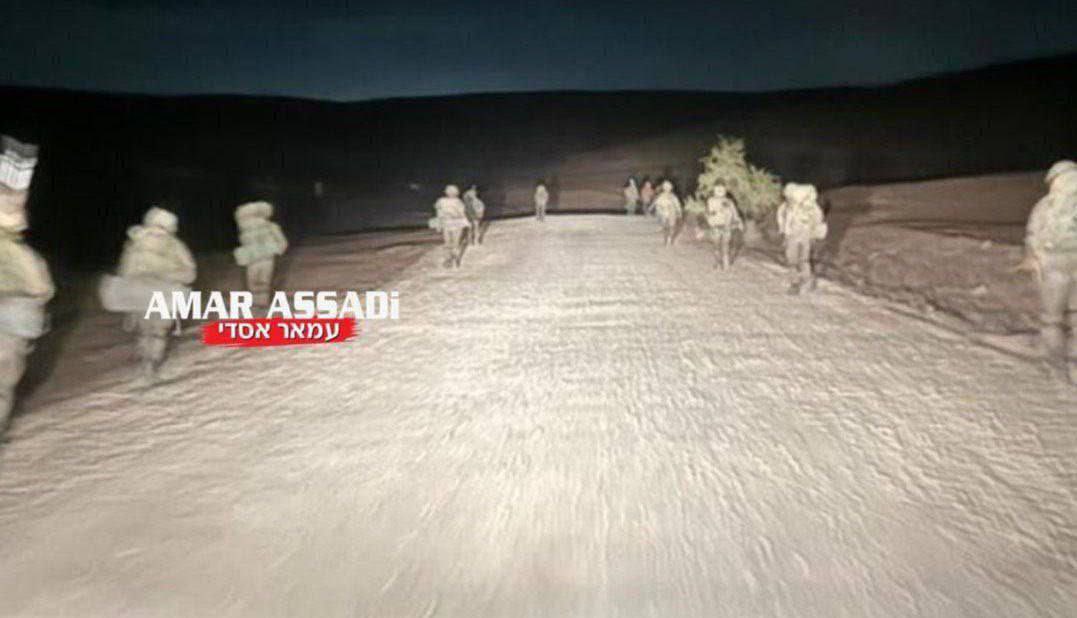

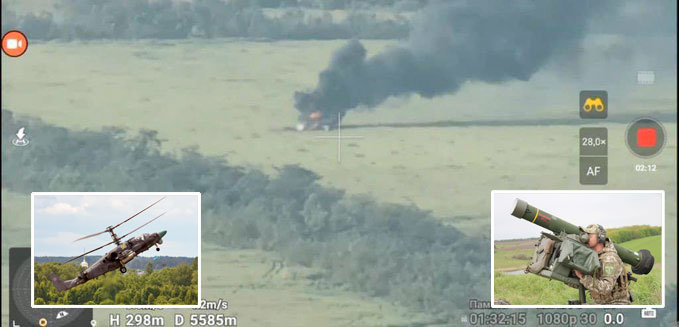


No comments.
By submitting a comment you grant Free West Media a perpetual license to reproduce your words and name/web site in attribution. Inappropriate and irrelevant comments will be removed at an admin’s discretion. Your email is used for verification purposes only, it will never be shared.